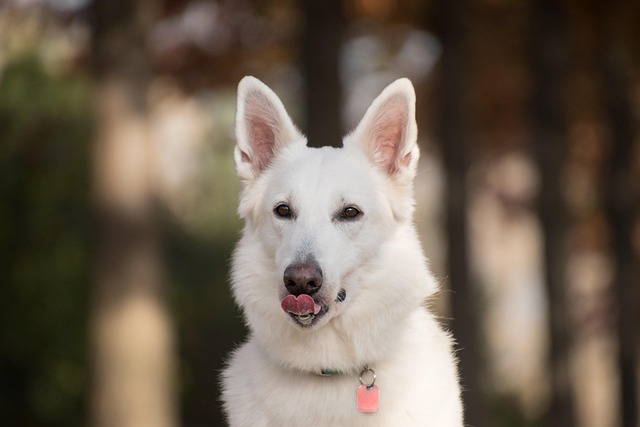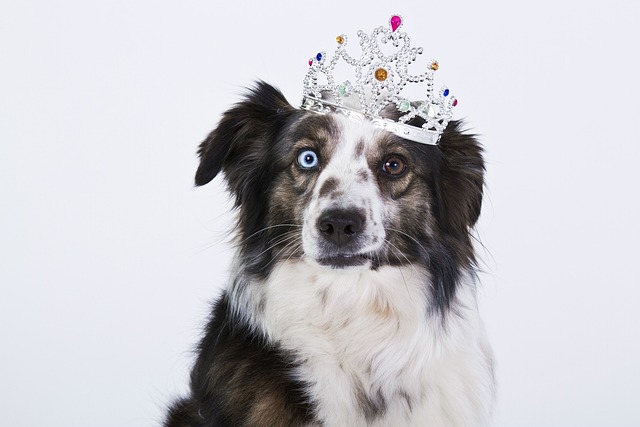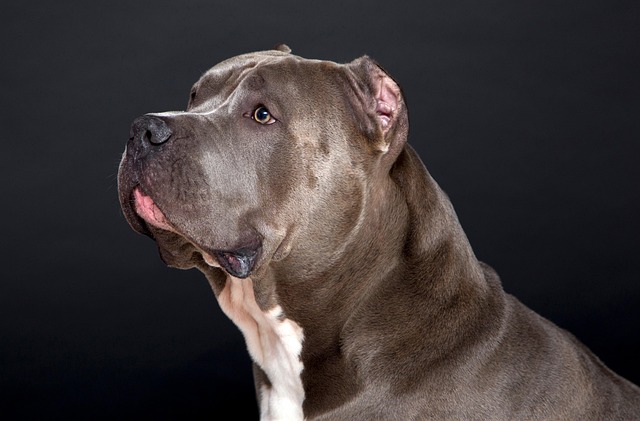
Are Irish setters easy to potty train?
When the Irish setter walks with an elegant pace, its reddish-brown hair shines in the sun, and its lively eyes are full of curiosity and enthusiasm, anyone will be attracted by this unique charm.
When a dog can follow commands, run quickly when called, sit quietly and wait, and not pull on the leash randomly during a walk, that sense of accomplishment and the tacit interaction with the dog are extremely precious experiences in the life of pet ownership. But many people have this question in their minds: Can I obedience train my dog myself? The answer is yes. As long as you master the correct methods and have enough patience, you can definitely become an excellent trainer for your dog.
The first step in training a dog's obedience is to build a deep trust relationship. Dogs are like children. They need to feel your love and care before they are willing to follow your commands. In daily life, spend more time with your dog, play and take walks with it, and communicate with it in a gentle tone. When the dog looks at you with trust and wags its tail around you, you know that the emotional bond between you is gradually strengthening. This trust is the cornerstone of training. Only on the basis of trust will the dog be willing to cooperate with you to complete various training tasks.
Training a dog requires clear and distinct commands. Simple, short, and consistent commands can enable the dog to quickly understand your intentions. For example, when teaching a dog to "sit", use the same tone and voice every time you give the command. At the same time, combine it with a gesture. Slowly move your hand down from above the dog's head to guide its bottom to touch the ground. When the dog successfully sits down, immediately give a reward, which can be a delicious snack, a warm stroke, or cheerful praise. Dogs are very intelligent animals. Through continuous repetition of this process, they can quickly associate the command with the action and form a conditioned reflex. Remember, the reward should be timely and attractive enough, which will greatly increase the dog's enthusiasm for learning.
 Patience is the key during the training process. Dogs learn at different speeds. Some may master new skills quickly, while others may need more time and repeated practice. Don't get angry or punish the dog just because it doesn't understand or makes a mistake for a while. Punishment may not only make the dog feel scared and confused, damaging the trust relationship between you, but also cause it to develop a resistance to training. Instead, always maintain a positive and optimistic attitude. Every time the dog makes even a small progress, give it full affirmation and encouragement. For example, when a dog that used to run around can stay in place for a short while under your command, this is a progress worth celebrating. Let the dog know that it has done the right thing.
Patience is the key during the training process. Dogs learn at different speeds. Some may master new skills quickly, while others may need more time and repeated practice. Don't get angry or punish the dog just because it doesn't understand or makes a mistake for a while. Punishment may not only make the dog feel scared and confused, damaging the trust relationship between you, but also cause it to develop a resistance to training. Instead, always maintain a positive and optimistic attitude. Every time the dog makes even a small progress, give it full affirmation and encouragement. For example, when a dog that used to run around can stay in place for a short while under your command, this is a progress worth celebrating. Let the dog know that it has done the right thing.
Socialization training is also extremely important for cultivating a dog's obedience. Letting a dog come into contact with different people, other animals, various environments, and sounds from an early age can help them become more confident and adaptable. A well-socialized dog is more able to focus on following the owner's commands when facing external distractions. Take the dog to places like parks and pet-friendly stores, allowing it to interact with the outside world on the premise of safety. But pay attention to proceeding step by step to avoid the dog being overly frightened or stimulated. For example, at first, let the dog observe other people and animals from a distance. When it shows curiosity rather than fear, gradually get closer and give a reward, so that the dog associates these new experiences with positive feelings.
Of course, training a dog on your own may also encounter some challenges. For example, the dog may seem to be "selectively deaf" in certain situations and turn a deaf ear to your commands. At this time, you need to reflect on whether there are problems with the training method, whether the commands are not clear enough, or whether the surrounding environment is too distracting. You can try retraining in a quieter environment to strengthen the dog's memory of the commands. Or the dog may encounter a bottleneck when learning a new skill and be unable to master it. This may require adjusting the training steps, breaking down complex actions into simpler small steps, and gradually guiding the dog to complete them.
Training a dog's obedience on your own is not only about teaching the dog some skills but also a journey of enhancing the relationship between you and growing together. Every successful training session is a sublimation of the tacit understanding between you and the dog. Watching the dog grow from being initially ignorant and mischievous to becoming an obedient and sensible darling, the joy and pride are beyond words. So, take the first step bravely, accompany the dog in training with love and patience. You will gain a lovely and obedient companion and create countless wonderful memories together.

When the Irish setter walks with an elegant pace, its reddish-brown hair shines in the sun, and its lively eyes are full of curiosity and enthusiasm, anyone will be attracted by this unique charm.

When the furry little life stumbles into our lives, the soft and sticky cry and wagging tail instantly melt the hearts of countless dog owners. However, behind this sweet companionship, puppy potty training is like a mountain in front of them.

In the steel jungle of the city, more and more people are eager to have a furry companion to add more warmth and companionship to their lives.

Training puppies to develop good house bowel habits is a process that every pet owner looks forward to and is full of challenges. This is not only about the cleanliness of the home environment,

Dog walking is supposed to be a pleasant time for people and dogs to enjoy each other's company, but when the dog drags the leash and rushes around, this beautiful moment is broken.

When a dog suddenly poops in a specific area of the house, it not only causes cleaning troubles but also makes the loving owner feel anxious and helpless.